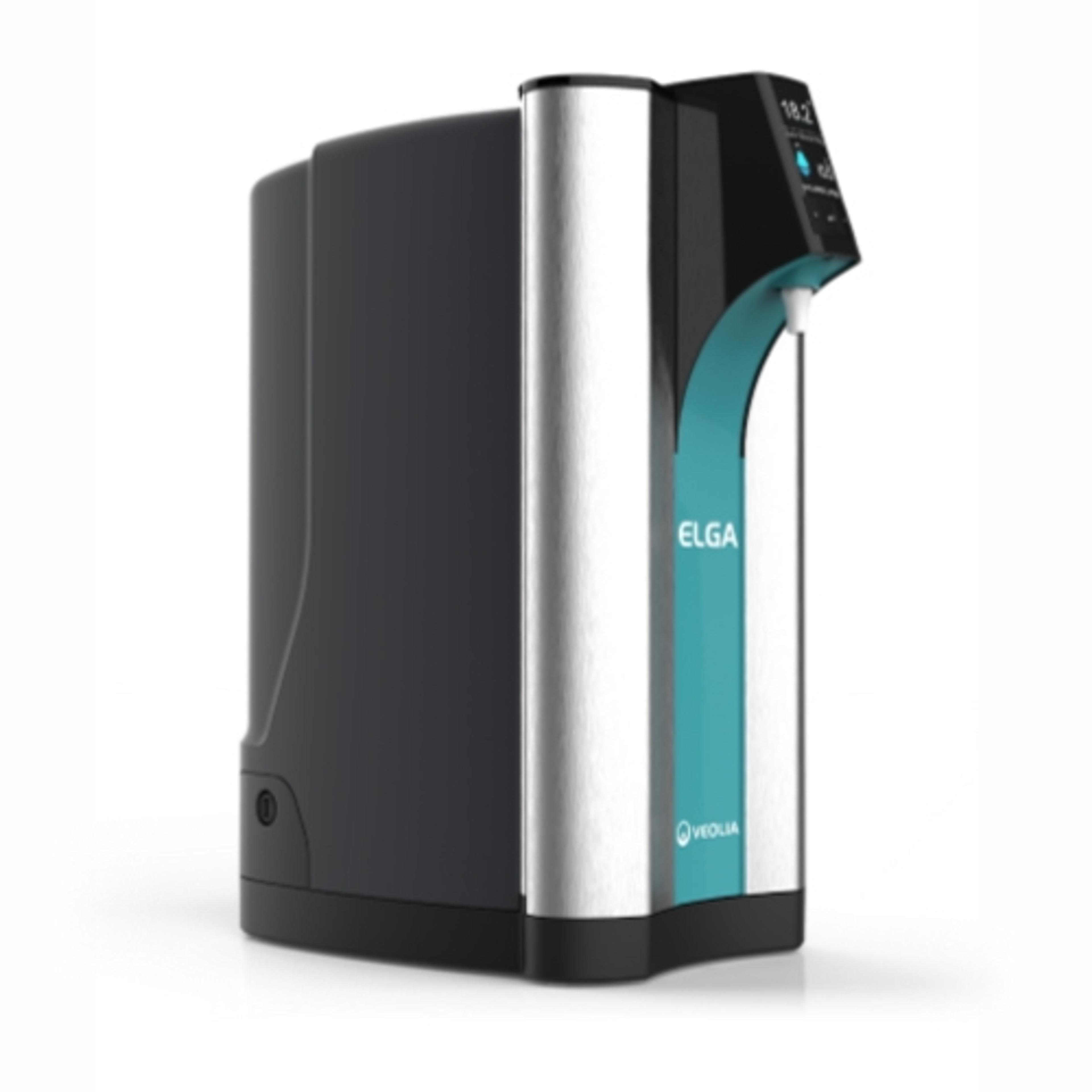Wastewater COVID-19 detection: Tracking viral transmission and infection trends in a community
Dr. Neha Mittal shares the secrets to successful wastewater viral testing at UNCC and discusses the part it could play in controlling future outbreaks
19 May 2021

Since the detection of the novel coronavirus, SARS-CoV-2, in wastewater back in 20201, researchers have been exploring how monitoring and testing sewage samples could provide signals for viral transmission and infection profiles within a community.
One such research team, based out of the University of North Carolina at Charlotte (UNCC), monitors COVID-19 infection trends on its campus by sampling wastewater for viral traces. In this SelectScience article, we speak with Dr. Neha Mittal, a postdoctoral research scholar at UNCC, about her COVID-19 wastewater surveillance work. We explore the many intricate factors that influence testing accuracy along with the implications of wastewater viral testing in curbing the pandemic.
“With SARS-CoV-2, fecal shedding occurs in asymptomatic, pre-symptomatic, and symptomatic stages,” says Mittal. “We are using wastewater samples collected from UNCC campus dorm buildings to detect COVID-19 and closely monitor its presence in our campus.” Wastewater samples are processed using an electronegative filtration system, followed by RNA extraction and qPCR for quantitation.
“We can use this information to detect infection trends within a community even before symptoms appear or diagnostic tests are performed,” Mittal continues. The results from the wastewater tests at UNCC, for instance, can be used to alert campus residents to take preemptive measures to quarantine before any obvious symptoms are seen. Wastewater COVID-19 testing, as such, has the potential to inform health authorities about potential infection trends over a shorter timeline compared to diagnostic testing that relies on visible symptoms.
Monitoring SARS-CoV-2 in waste water can detect infection trends within a community before symptoms appear or diagnostic tests are performed. Image copyright Artem Egorov 123rf.com.
COVID-19 detection in wastewater is a fairly novel technique requiring careful optimization. Mittal outlines the many factors that can influence the process and, subsequently, the results: “Firstly, it’s important to determine the volume of wastewater required to obtain reliable and reproducible results.” Volume variability directly influences testing sensitivity, with diluted samples being more challenging to reliably quantify.
Mittal continues: “Next, the wastewater sample needs to be promptly processed within a narrow window of time. Storing samples for days or freezing them may influence readouts.” Once collected in the morning, the samples are typically processed by the afternoon. This means, having a streamlined workflow is a prerequisite.
“Another challenge is the concentration of RNA in these wastewater samples,” says Mittal. “It’s so very low that sometimes the virus can’t be detected even if it’s present. To address this, we need to ensure that the filtration technique and the RNA extraction method used are effective enough to detect the viral traces.”
One essential variable that needs to be controlled for reliable wastewater testing is water purity in the laboratory. “Whether you’re using distilled water or nuclease-free water, water purity is integral to this process,” explains Mittal. “The water we collect our samples in, prepare our reagents with, or even perform routine washing with cannot have any contamination whatsoever.”
Even the slightest trace of contamination in the laboratory water source can render reagents contaminated or pass on contamination to new samples during washes. “Water purity is of primary importance to our work. Using pure DI water ensures that all our reagents, chemicals, and controls are in pure states as well,” Mittal says. “Our lab uses the PURELAB® Quest water purification system by ELGA LabWater. In fact, our whole department uses DI water from these machines.” The PURELAB® Quest dispenses three different types of water sources from one system: type I water for analytical applications, such as HPLC and other molecular biology techniques; type II water for general reagent preparations and buffers; and type III water for glassware rinsing and water baths.
Given the modest amounts of viral RNA present in the wastewater samples, even tiny traces of RNase present in the lab water can affect the results. As such, the laboratory at UNCC uses the type I ultrapure water dispensed by the PURELAB® Quest system with <1pg/ml of RNase.
The wastewater surveillance performed by Mittal and other members of the lab currently offers a way to monitor COVID-19 infections in the UNCC campus buildings. “This same approach can also be used to monitor other viruses that shed into feces,” says Mittal. “With minor adjustments to the parameters, our wastewater testing technique can be applied to inform and control the spread of future viral outbreaks.”
Find out more about how the ELGA LabWater PURELAB® Quest system could help you.
Reference:
Medema G, Heijnen L, Elsinga G, Italiaander R, Brouwer A. Presence of SARS-Coronavirus-2 RNA in Sewage and Correlation with Reported COVID-19 Prevalence in the Early Stage of the Epidemic in The Netherlands. Environmental Science & Technology Letters. 2020

